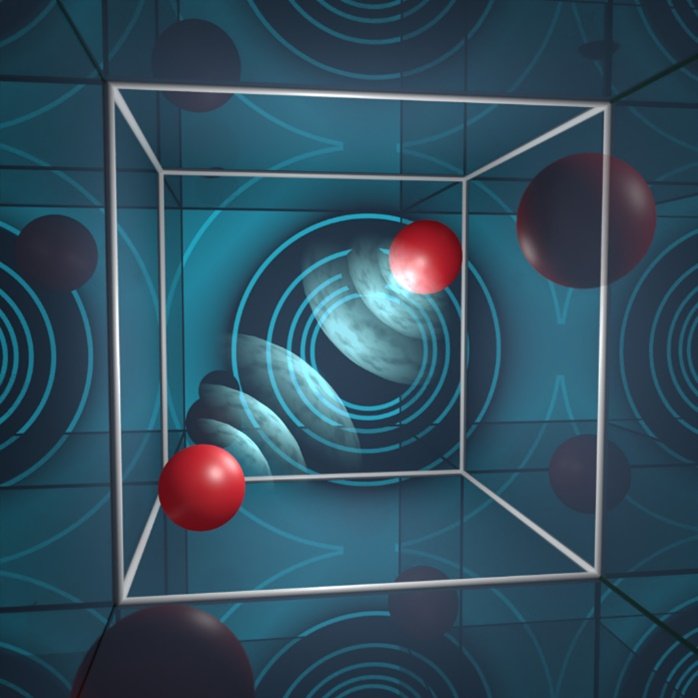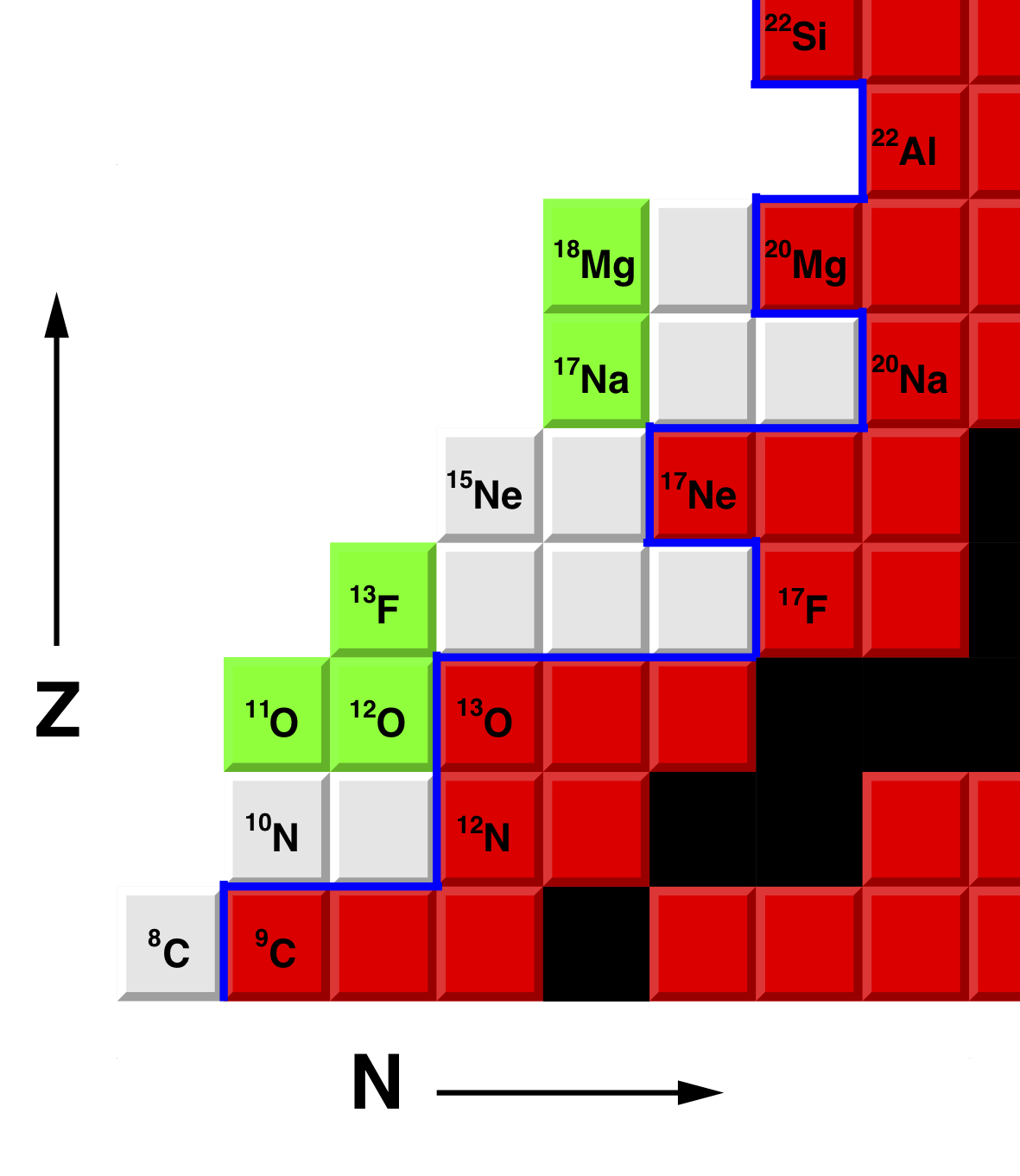Physicists use methods called finite-volume simulations with periodic boundary conditions to model the nuclei protons and neutrons can form. This new work solves a long-standing and fundamental problem for electrically charged systems in these “periodic boxes.” It derives the mathematical equation that describes how the properties of these electrically charged systems depend on the size of the simulation volume.

